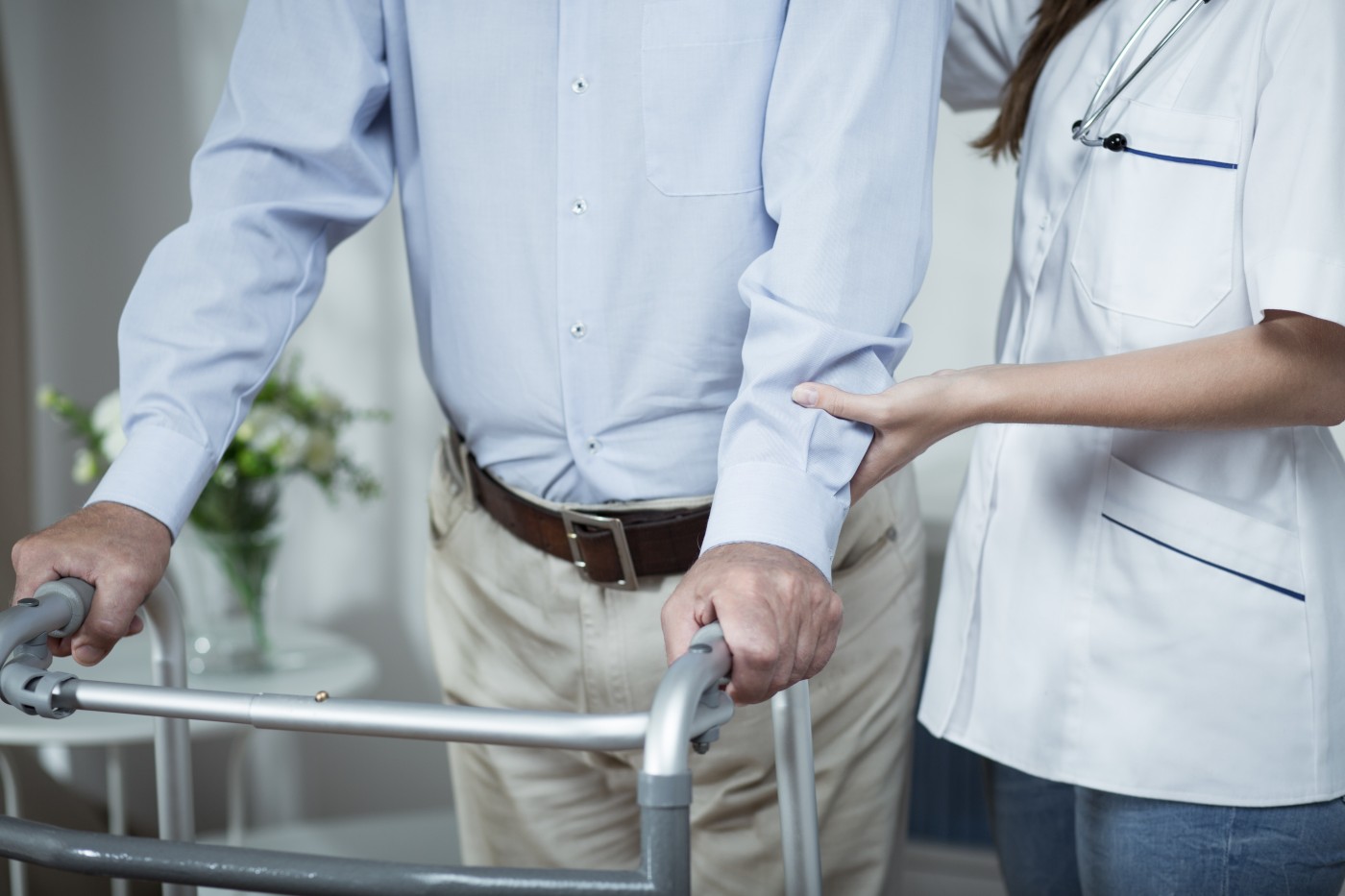MS Researchers Share Findings on Fall Risk and Balance Improvement

The 5th International Symposium on Gait and Balance in MS, held in September 2015, focused entirely on research into balance and its loss in multiple sclerosis (MS). Nearly 100 clinicians, scientists, engineers, and others sharing this research interest gathered to discuss why and how often MS patients fall, and how to best prevent them from doing so.
The conference was a collaborative event organized by the Oregon Health & Science University MS Center and the MS Center of Excellence West at the VA Portland Health Care System.
People with MS are at higher risk of falling, largely due to decreased mobility and balance problems, although other symptoms can also contribute to fall frequency. Since MS patients suffer a greater risk of developing osteoporosis than the general population, falls in people with MS can also be more harmful and debilitating.
A recently released report by the National Multiple Sclerosis Society highlighted a few findings presented at the conference by attending researchers.
A study by M. Wang and colleagues from Oregon Health and Science University explored why assistive walking devices, such as canes, are increasing the risk of falls in MS patients. The team reported that the increased attention they place on the act of walking might be an explanation. Another contributing reason might be that some devices also require more energy to operate, increasing fatigue. The presenters suggested that multitask training and evaluation of energy expenditure associated with assistive devices might improve the situation.
Brett Fling and colleagues, also from Oregon, found that MS patients were as likely to benefit from postural training as other people. The team showed that postural training improved gait and balance and, as a consequence, reduced falls.
With the help of wireless sensors, Jordan Craig and colleagues from the University of Kansas Medical Center showed that people with MS have different patterns of foot and trunk acceleration when walking compared to people without the disease. They suggested that this information could be useful in further researching why MS patients fall.
Using the Timed Up and Go Test, Alicia Flach and colleagues from St. Louis University showed that people who walked and turned more slowly in the test were more likely to fall.
Laura Rice and colleagues from the University of Illinois at Urbana-Champaign differed from the majority of fall studies by looking at falls in people with MS using wheelchairs. They found that more than half of these patients had fallen during a six-month period, indicating that MS patients using wheelchairs might require special attention to prevent falls.
Jaime Zelaya and colleagues from Oregon Health & Science University reported that urinary incontinence with urgency was associated with falling. They particularly found that people with MS under the age of 50 with urge incontinence experienced recurrent falls during a three-month period. More research is needed to conclude whether preventing incontinence can reduce falls.
Denise Nowack presented data from a falls-prevention program based in California, named Free from Falls. Around 70 percent of the participants are engaged in a regular exercise program and nearly 40 percent are using mobility devices more effectively due to the program. The program showed a good track record in terms of improved confidence, decreased falls, concern of falling, and activity curtailment in a pilot study including 19 nationwide sites.
The report also mentioned the formation of an International MS Falls Prevention Research Network, including MS rehabilitation researchers from the U.S., Ireland, Italy, and the United Kingdom. The group will work together to increase research efforts in falls prevention and have started by publishing recommendations on how to best advance fall research and prevention programs.






